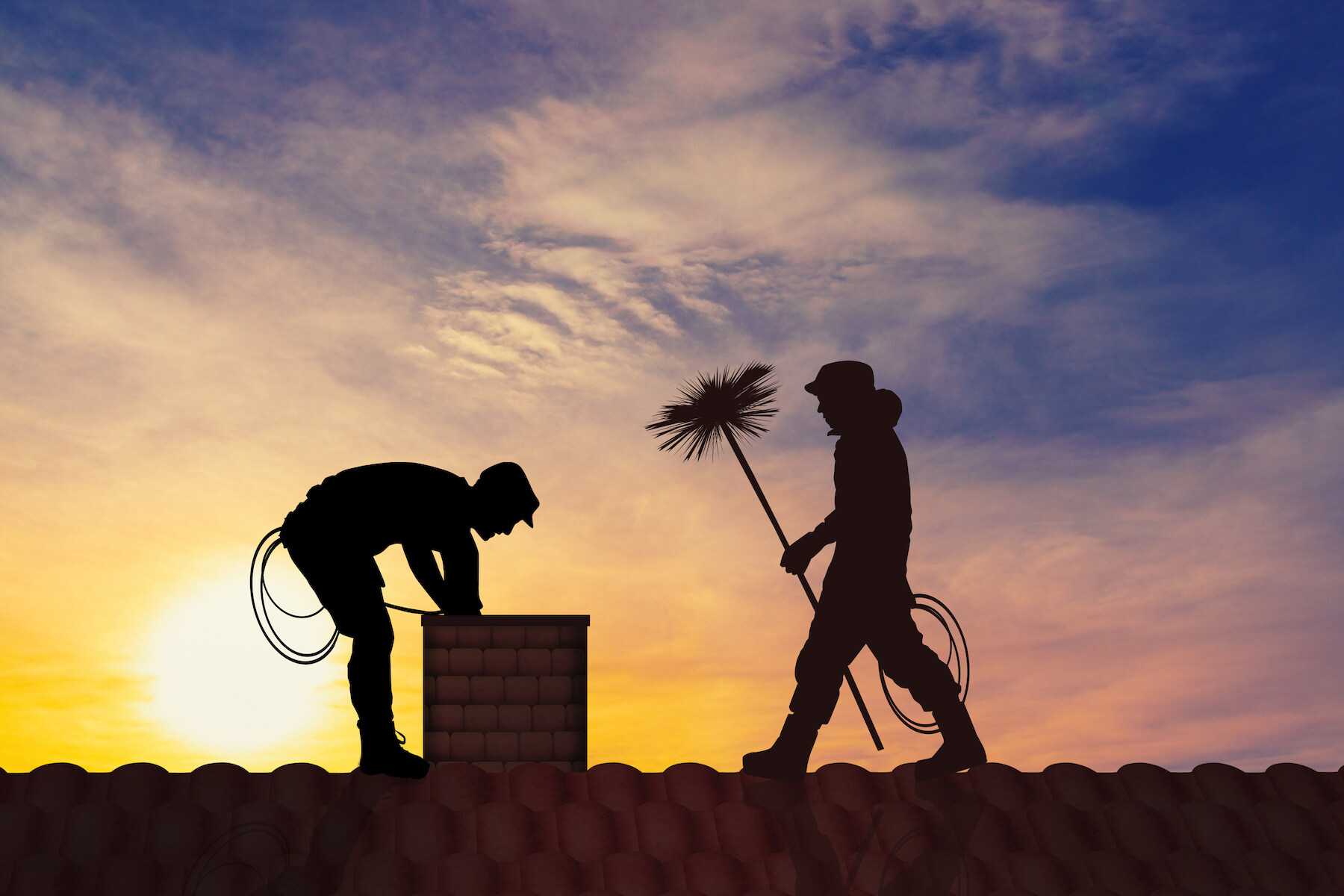

Articles
What Is The Daily Life Of A Chimney Sweep?
Modified: February 24, 2024
Discover the daily routine and responsibilities of a chimney sweep in this informative articles. Gain insight into their work and how they keep chimneys clean and safe for use.
(Many of the links in this article redirect to a specific reviewed product. Your purchase of these products through affiliate links helps to generate commission for Storables.com, at no extra cost. Learn more)
Introduction
When you think of a chimney sweep, you might conjure up images of a soot-covered figure with a broom, navigating rooftops in an era gone by. But chimney sweeps are not just a relic of the past; they still play a crucial role in maintaining the safety and functionality of chimneys in modern homes.
The daily life of a chimney sweep is not only about removing creosote and soot from chimneys, but it also involves ensuring that these structures are free from potential hazards, such as blockages, leaks, or ventilation issues. In this article, we will explore the history of chimney sweeping, the role and responsibilities of a chimney sweep, the equipment they use, their daily tasks, challenges they face, safety precautions, and career opportunities in this profession.
Chimney sweeping dates back centuries, with its origins tracing back to ancient Rome. In those times, chimney sweeps were known as “suffocators” and were responsible for clearing away the debris that accumulated in the flues of the city’s communal baths. Over time, as indoor fireplaces became commonplace, the need for chimney sweeps grew.
Today, chimney sweeps are skilled professionals who ensure that chimneys are in proper working order. Their primary responsibility is to remove the buildup of soot, also known as creosote, from the chimney lining. Creosote can build up over time, posing a fire hazard if not removed regularly. Additionally, chimney sweeps inspect the chimney for any signs of damage, blockage, or deterioration that could affect the chimney’s performance or endanger inhabitants.
To perform their duties effectively, chimney sweeps rely on a variety of specialized tools and equipment. These may include chimney brushes of different sizes and shapes, chimney rods, vacuum cleaners, inspection cameras, and protective gear such as gloves, goggles, and respirators. These ensure that the chimney sweep can navigate the narrow and sometimes hazardous environments inside the chimney safely and efficiently.
Key Takeaways:
- The daily life of a chimney sweep involves more than just cleaning chimneys; it includes inspecting for potential hazards, removing wildlife, and educating homeowners on safe fireplace usage.
- Chimney sweeps face physical demands, hazardous environments, and weather challenges, but their expertise ensures the safety and functionality of chimneys, contributing to a comfortable living environment.
Read more: What Is A Chimney Sweep
History of Chimney Sweeping
The history of chimney sweeping is deeply rooted in the development of indoor fireplaces and the need to channel smoke and gases safely out of homes and buildings. As indoor fireplaces became more prevalent in the Middle Ages, the demand for chimney sweeps grew. However, the profession did not gain a favorable reputation until the introduction of sweeping machines in the 18th century.
In ancient Rome, early forms of chimney sweeping were necessary to prevent blockages and ensure the proper functioning of the communal bath flues. These systems were made of hollow terracotta pipes and required regular cleaning to prevent accidents and improve airflow.
During the medieval period, the construction of brick chimneys became more common in Europe. As a result, the occupation of a chimney sweep emerged, primarily because the narrow and intricate chimney flues required manual cleaning. Children were often employed due to their small size and ability to crawl through the tight spaces.
The life of a chimney sweep during this time was arduous and dangerous. Climbing through pitch-black chimneys, the sweepers often encountered toxic gases, soot, and creosote. Many children suffered from respiratory problems and other health issues due to their exposure to these hazardous conditions.
It wasn’t until the 18th century that chimney sweeping underwent a significant change with the invention of sweeping machines. These machines, consisting of rotating brushes mounted on long rods, made the cleaning process more efficient and reduced the need for child labor. Chimney sweeps could now reach higher chimneys with greater ease, improving both safety and productivity.
The profession of chimney sweeping also underwent a transformation in the 19th century. In England, the “Master Sweeps” established apprenticeship programs to train young chimney sweeps and improve working conditions. These programs aimed to provide education and protect the welfare of the children involved in the trade.
Industrialization in the 19th and 20th centuries brought further advancements to chimney sweeping. The introduction of coal and gas heating systems led to a rise in demand for chimney sweeps. However, changes in building regulations, the decline of coal usage, and the advent of electric and gas heating systems eventually reduced the demand for chimney sweeping services.
Despite the decline in demand, the culture and tradition of chimney sweeping have survived. It is not uncommon to find chimney sweeps attending weddings or ceremonial events, reflecting the belief that they bring good luck and ward off evil spirits.
Today, chimney sweeping continues to be an essential profession. While the job has evolved with the use of advanced tools and technologies, the core purpose of ensuring chimney safety and maintaining optimal functionality remains the same.
Role and Responsibilities of a Chimney Sweep
A chimney sweep’s role extends far beyond simply cleaning soot and creosote from chimneys. They play a crucial role in ensuring the safety, efficiency, and functionality of chimneys in residential and commercial properties. Let’s take a closer look at the specific responsibilities of a chimney sweep:
1. Chimney Cleaning: One of the primary responsibilities of a chimney sweep is to remove soot, creosote, and other debris that accumulate inside chimneys. This buildup can pose a fire hazard if not cleaned regularly, as creosote is highly flammable. The sweep will use specialized brushes, rods, and vacuuming equipment to effectively clean the chimney, minimizing the risk of chimney fires.
2. Inspection and Maintenance: Chimney sweeps are trained to inspect chimneys for any signs of damage, blockages, or other issues that could impact their performance. They will check for cracks, leaks, loose bricks, and deteriorating mortar, ensuring that the chimney is structurally sound. Regular inspections help identify potential problems early on, allowing for timely repairs and preventing more significant issues down the line.
3. Chimney Re-lining: In some cases, chimney sweeps may need to re-line the chimney. This process involves installing a new chimney liner to improve the chimney’s efficiency and safety. It helps to prevent the leakage of combustion byproducts, such as carbon monoxide, into the living space and protects the chimney structure from the corrosive effects of these gases.
4. Wildlife Removal: Chimney sweeps often encounter wildlife, such as birds, squirrels, or raccoons, that have made their way into chimneys. These animals can block the flue or damage the chimney structure. Chimney sweeps have the knowledge and experience to safely remove wildlife and implement measures to prevent future intrusions.
5. Installation of Chimney Caps and Dampers: A chimney sweep may also install chimney caps and dampers to improve the chimney’s functionality and protection. Chimney caps help prevent rainwater, debris, and animals from entering the chimney, while dampers regulate airflow and minimize heat loss when the fireplace is not in use.
6. Educating and Advising Homeowners: Chimney sweeps often act as educators, providing homeowners with essential information on chimney maintenance and safe fireplace usage. They can advise homeowners on the proper burning techniques, the importance of regular inspections, and the signs to watch out for that indicate chimney problems.
By fulfilling these vital responsibilities, chimney sweeps contribute to the overall safety and efficiency of chimneys, ensuring that homeowners can enjoy their fireplaces without any risks or complications. Hiring a professional chimney sweep on a regular basis is crucial for maintaining a well-functioning chimney and promoting a safe living environment.
Equipment Used by Chimney Sweeps
Chimney sweeps rely on a variety of specialized tools and equipment to effectively perform their duties. These tools not only help them remove soot and debris from chimneys but also assist in inspecting and maintaining the chimney’s structural integrity. Let’s explore some of the essential equipment used by chimney sweeps:
1. Chimney Brushes: Chimney brushes are perhaps the most recognizable tool used by chimney sweeps. These brushes come in various sizes and shapes, with stiff bristles that effectively scrub away the buildup of soot and creosote from the chimney lining. Different brush designs cater to specific chimney shapes and sizes, ensuring thorough cleaning in chimneys of all types.
2. Chimney Rods: Chimney rods are long, flexible rods that connect to the chimney brush. These rods allow chimney sweeps to reach deep into the chimney system, ensuring comprehensive cleaning. They are typically constructed from materials like fiberglass or polypropylene, offering the necessary flexibility and strength to navigate through tight spaces and bends.
3. Vacuum Cleaners: Vacuum cleaners specifically designed for chimney cleaning are essential tools for chimney sweeps. These vacuums are equipped with high-efficiency particulate air (HEPA) filters, ensuring that harmful debris and dust particles are effectively captured and prevented from entering the living space. They help maintain clean and safe working conditions while reducing the risk of respiratory issues.
4. Inspection Cameras: Chimney sweeps use inspection cameras to assess the condition of a chimney that may be inacce
Daily Tasks of a Chimney Sweep
The daily tasks of a chimney sweep involve a combination of cleaning, inspection, maintenance, and customer service. Let’s take a closer look at the typical daily responsibilities of a chimney sweep:
1. Preparation and Set-Up: A chimney sweep begins their day by preparing the necessary equipment and tools for the day’s work. This includes checking and organizing chimney brushes, rods, vacuum cleaners, and other equipment needed for chimney cleaning and inspection. They ensure all equipment is in good working condition and stocked with necessary supplies.
2. Travel to Job Sites: Chimney sweeps typically travel to multiple job sites throughout the day. This may involve driving to residential or commercial properties where chimney cleaning or maintenance services have been scheduled. They organize their work schedule to maximize efficiency and minimize travel time between locations.
3. Chimney Cleaning: One of the primary tasks of a chimney sweep is to clean chimneys thoroughly. Using specialized brushes and rods, they manually scrub the chimney lining to remove soot, creosote, and other debris that can accumulate over time. Vacuum cleaners are used to capture the loosened debris, preventing it from spreading into the living space. Chimney sweeps pay attention to detail, ensuring all areas of the chimney are properly cleaned.
4. Inspection and Maintenance: Chimney sweeps inspect chimneys for any signs of damage, blockages, or issues that could affect their performance. They carefully examine the chimney’s structural integrity, checking for cracks, leaks, loose bricks, deteriorating mortar, or any other potential concerns. This inspection allows them to identify and address problems early on, preventing further damage and ensuring the chimney’s safe and efficient functionality.
5. Wildlife Removal: Chimney sweeps often encounter animals, such as birds, squirrels, or raccoons, that have made their home in the chimney. They safely remove these animals to prevent blockages or damage to the chimney structure. Chimney sweeps may also install chimney caps or other preventive measures to deter wildlife from entering the chimney in the future.
6. Customer Interaction: Chimney sweeps interact with customers on a daily basis, providing them with information about chimney maintenance and addressing any concerns or questions they may have. They explain their findings from the inspection, offer recommendations for repairs or maintenance, and educate homeowners on safe fireplace usage practices. Good communication and excellent customer service skills are essential for building trust and maintaining positive relationships with clients.
7. Paperwork and Documentation: After each job, chimney sweeps may need to complete paperwork, including invoices, service reports, or inspection reports. They document the services provided, any repairs or recommendations made, and maintain a record of their work for future reference.
Throughout their workday, chimney sweeps prioritize safety, attention to detail, and professionalism. With each task, they aim to ensure the cleanliness, functionality, and safety of chimneys, providing homeowners with peace of mind and a comfortable living environment.
When hiring a chimney sweep, make sure they are certified by a reputable organization such as the Chimney Safety Institute of America (CSIA) to ensure they have the proper training and expertise.
Challenges Faced by Chimney Sweeps
Being a chimney sweep comes with its own set of challenges and obstacles. While the profession offers valuable services to homeowners and contributes to chimney safety, chimney sweeps often encounter various difficulties in their day-to-day work. Let’s explore some of the challenges faced by chimney sweeps:
1. Physical Demands: Chimney sweeping is a physically demanding job that requires working in tight and confined spaces, often in uncomfortable positions. Chimney sweeps need to navigate through narrow chimneys, crawl spaces, and rooftops while carrying heavy equipment. The physical nature of the work can lead to fatigue and strain on the body.
2. Health and Safety Hazards: Working with soot, creosote, and other debris exposes chimney sweeps to potential health risks. Inhaling these particles can irritate the respiratory system and lead to respiratory problems. Chimney sweeps also face risks associated with climbing ladders and working at heights, such as falls or accidents. They must adhere to strict safety protocols and wear appropriate protective gear to minimize these risks.
3. Dirty and Hazardous Environments: Chimneys can be filled with an accumulation of soot, creosote, animal droppings, and other debris. The working conditions can be dirty, smelly, and hazardous. Chimney sweeps often need to deal with toxic gases, sharp objects, and unstable chimney structures. They must exercise caution and follow proper procedures to ensure their own safety and the safety of homeowners.
4. Weather Conditions: Chimney sweeps work year-round, facing all types of weather conditions. Whether it’s scorching heat, freezing temperatures, rain, or snow, they need to perform their duties regardless of the weather. Extreme weather conditions can pose additional challenges, making work more difficult and increasing the risks associated with working on rooftops and slippery surfaces.
5. Time Management: Chimney sweeps often have a busy schedule, traveling between different job sites throughout the day. Managing time effectively to ensure timely completion of tasks and minimizing travel time can be a challenge. Unforeseen circumstances, such as unexpected repairs or complications, can also disrupt their schedule and require flexibility in managing their workload.
6. Customer Satisfaction: Customer satisfaction and maintaining positive relationships with clients are essential for chimney sweeps. It can be challenging to meet the diverse expectations and demands of homeowners. Educating customers about the importance of chimney maintenance and managing their concerns effectively requires strong communication skills and a customer-centric approach.
7. Keeping Up with Industry Changes: The chimney sweeping industry evolves with advancements in technology, building codes, and safety regulations. Chimney sweeps must continuously update their knowledge and skills to stay current with industry changes. This may involve attending training programs, staying informed about new equipment and techniques, and adapting to the latest safety standards.
Despite these challenges, chimney sweeps play a vital role in maintaining the safety and functionality of chimneys. Their expertise and dedication ensure that homeowners can enjoy the warmth and ambiance of their fireplaces while minimizing the risks associated with poorly maintained chimneys.
Safety Precautions and Regulations for Chimney Sweeping
Chimney sweeping involves working in potentially hazardous environments, making safety precautions and adherence to regulations crucial for the well-being of chimney sweeps and the homeowners they serve. Let’s explore some of the safety precautions and regulations that chimney sweeps must follow:
1. Personal Protective Equipment (PPE): Chimney sweeps must wear the appropriate personal protective equipment to minimize risks. This may include gloves, goggles, helmets, masks or respirators, and protective clothing. PPE helps protect chimney sweeps from harmful particles, gases, and potential injuries while working in dirty and hazardous environments.
2. Training and Certification: Chimney sweeps should undergo proper training and certification to ensure a comprehensive understanding of chimney systems, safety precautions, and proper cleaning techniques. Training programs cover topics such as ladder safety, equipment usage, working at heights, fire prevention, and customer service. Certification provides credibility and demonstrates competence in the profession.
3. Proper Tools and Equipment: Chimney sweeps must use the appropriate tools and equipment designed specifically for chimney sweeping. Using high-quality, well-maintained tools ensures their effectiveness and reduces the risk of accidents or damage to the chimney structure. Regular inspections and maintenance of equipment are essential to prevent potential hazards.
4. Awareness of Chimney Hazards: Chimney sweeps should have a thorough understanding of the hazards associated with working on chimneys. This includes being aware of potential collapses, structural weaknesses, sharp objects, and toxic gases. They must assess the conditions of the chimney before beginning work and take necessary precautions to mitigate risks.
5. Fall Protection: Working on rooftops and at heights presents fall hazards for chimney sweeps. Compliance with fall protection regulations, including the use of harnesses, safety ropes, and proper ladder placement, is essential for preventing accidents and injuries. Chimney sweeps should be trained in fall protection techniques and adhere to safety standards.
6. Fire Safety Measures: Chimney sweeps must observe strict fire safety protocols to prevent chimney fires during their work. This includes using fire-resistant drop cloths, having fire extinguishers readily available, and ensuring proper waste disposal of debris collected during the cleaning process. Good housekeeping practices on job sites help minimize fire risks.
7. Building Codes and Regulations: Chimney sweeps must be familiar with local building codes and regulations governing chimney maintenance and repairs. They should comply with these regulations to ensure that the chimneys meet safety standards and avoid any legal issues. Staying updated on building codes helps chimney sweeps provide proper recommendations to homeowners.
8. Regular Equipment Inspection: Chimney sweeps should inspect their tools and equipment regularly to identify any signs of wear or damage. Malfunctioning equipment can pose significant risks during chimney sweeping. Repair or replacement of faulty equipment should be prioritized to maintain worker safety and efficiency.
By practicing these safety precautions and adhering to regulations, chimney sweeps can protect themselves, their clients, and the properties they work on. Safety remains the top priority in the chimney sweeping profession, ensuring a safe working environment and peace of mind for both the professionals and homeowners.
Career Opportunities and Training for Chimney Sweeps
Chimney sweeping is a specialized profession that offers a range of career opportunities and requires specific training to excel in the field. Let’s explore the various career opportunities and the training required for chimney sweeps:
1. Chimney Sweeping Businesses: Many chimney sweeps choose to work for established chimney sweeping businesses. These businesses offer services such as chimney cleaning, inspection, maintenance, and repairs to residential and commercial clients. Working for a chimney sweeping company provides stability, a steady stream of clients, and potential growth within the organization.
2. Self-Employment: Some chimney sweeps prefer to start their own businesses and work as self-employed professionals. This option allows for more flexibility and the ability to set their own working hours and rates. However, self-employment also requires business management skills and the ability to market and promote their services to attract clients.
3. Specialized Services: Beyond traditional chimney cleaning, chimney sweeps can also specialize in additional services related to chimney maintenance and repair. This may include chimney relining, chimney cap installation, damper installation, waterproofing, or restoration work. Offering specialized services can differentiate chimney sweeps and attract a niche market.
4. Training Programs: Proper training is essential for chimney sweeps to acquire the necessary knowledge and skills to perform their duties effectively. Training programs cover various aspects, including chimney safety, inspection techniques, cleaning methods, equipment usage, and customer service. Many organizations and industry associations offer chimney sweep training programs, both in-person and online.
5. Certification and Credentials: Obtaining certification and credentials in chimney sweeping enhances credibility and demonstrates competence in the profession. Chimney sweeps can pursue certifications from organizations such as the Chimney Safety Institute of America (CSIA) or the National Fireplace Institute (NFI). These certifications require passing exams and meeting specific requirements, ensuring that chimney sweeps adhere to industry standards.
6. Continuing Education: The chimney sweeping industry evolves with advancements in technology and changes in safety standards. Chimney sweeps should engage in continuing education to stay updated on industry developments and hone their skills. Attending workshops, industry conferences, webinars, and staying informed about new equipment and techniques helps chimney sweeps provide top-notch services to their clients.
7. Networking: Building a strong network within the industry can open doors to career opportunities and collaborations. Engaging with other chimney sweeps, joining industry associations or groups, and participating in trade events fosters connections and allows for knowledge sharing and professional growth.
Chimney sweeping offers a fulfilling career path with opportunities for advancement and specialization. With proper training, certifications, and a commitment to continuous learning, chimney sweeps can establish themselves as trusted professionals in the field. Whether working for an established company or venturing into self-employment, chimney sweeps play a critical role in maintaining the safety and functionality of chimneys, ensuring the comfort and well-being of homeowners.
Conclusion
Chimney sweeping is an integral and necessary profession that ensures the safety, efficiency, and functionality of chimneys in homes and buildings. While the profession has a rich history dating back centuries, chimney sweeps continue to play a vital role in modern society.
Throughout this article, we have explored various aspects of the daily life of a chimney sweep, including their responsibilities, the equipment they use, and the challenges they face. We have discussed the importance of safety precautions and adherence to regulations to protect both chimney sweeps and homeowners.
Chimney sweeps expertly clean chimneys, removing soot, creosote, and debris, while also inspecting for any signs of damage, blockages, or issues that could compromise a chimney’s function. Their work not only prevents chimney fires but also ensures that chimneys provide optimum ventilation and safety for households.
The profession of chimney sweeping offers diverse career opportunities, whether working for established businesses or as self-employed professionals. Training programs and certifications provide chimney sweeps with the necessary skills and credentials to excel in the field.
It’s important to recognize the significance of chimney sweeps in maintaining chimney safety and educating homeowners on proper fireplace usage. By staying up-to-date with industry changes, practicing thorough cleaning and inspection techniques, and providing excellent customer service, chimney sweeps contribute to creating safer living environments and enhancing the enjoyment of fireplaces.
In conclusion, the daily life of a chimney sweep is filled with challenges and responsibilities, all aimed at ensuring the efficient and safe operation of chimneys. Through their expertise, dedication, and commitment to ongoing training and safety, chimney sweeps play a vital role in maintaining healthy and functional chimney systems for the comfort and well-being of homeowners.
Frequently Asked Questions about What Is The Daily Life Of A Chimney Sweep?
Was this page helpful?
At Storables.com, we guarantee accurate and reliable information. Our content, validated by Expert Board Contributors, is crafted following stringent Editorial Policies. We're committed to providing you with well-researched, expert-backed insights for all your informational needs.
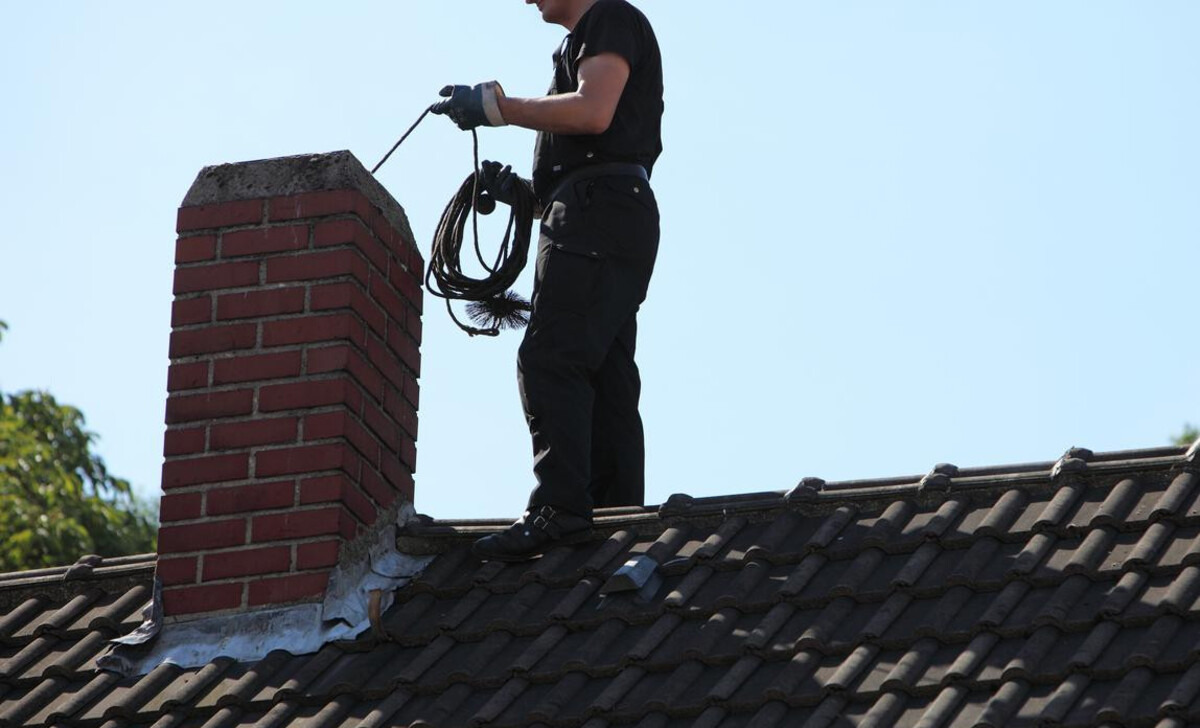
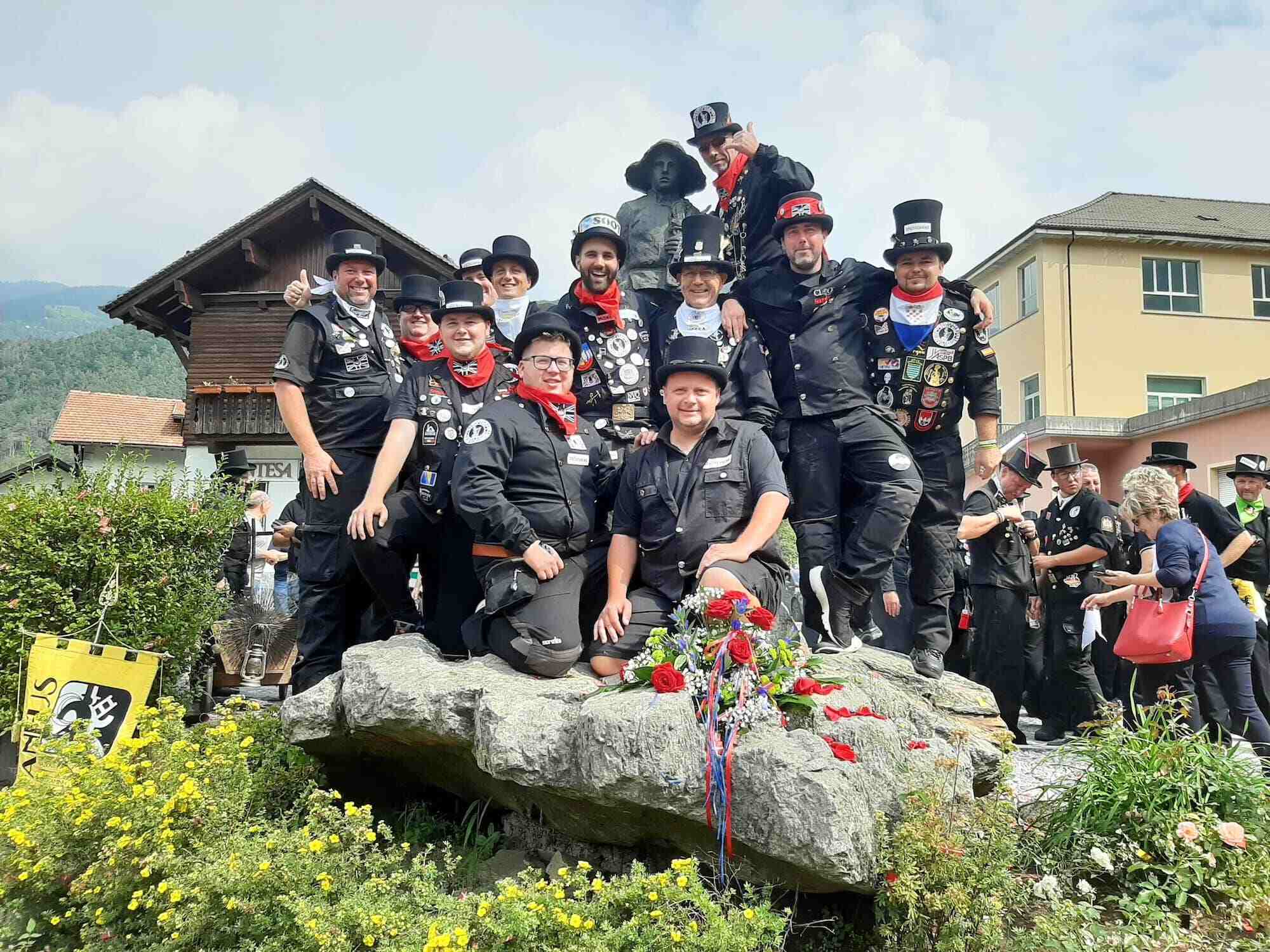
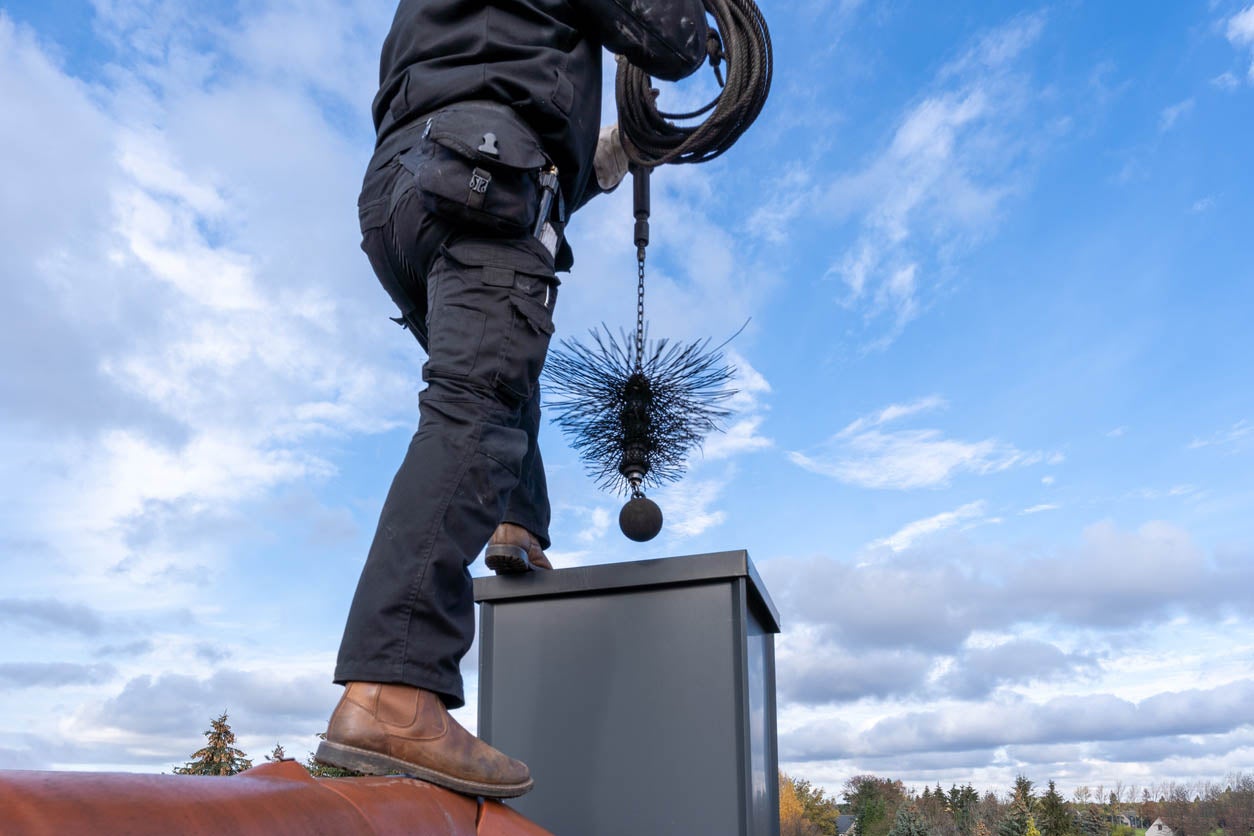
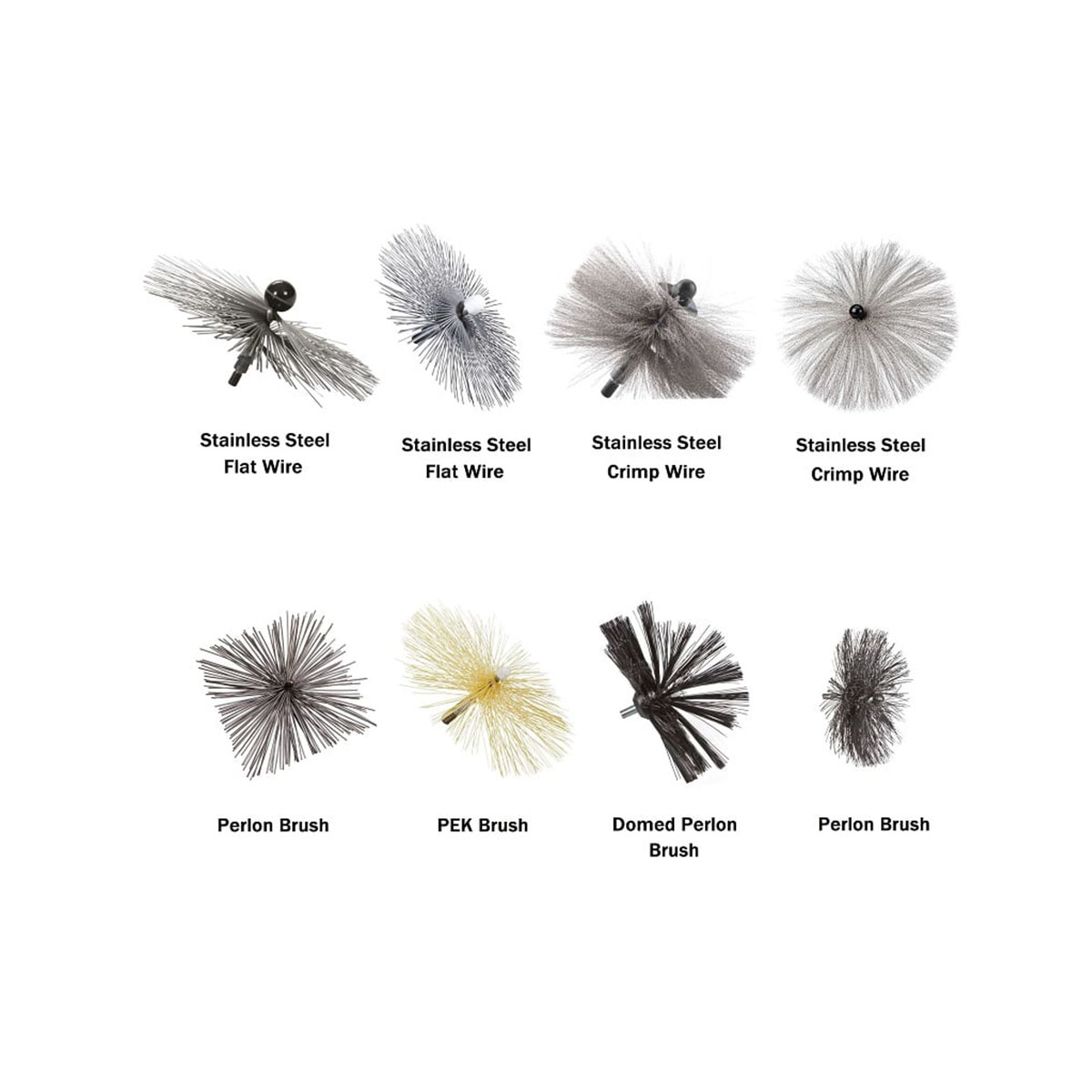
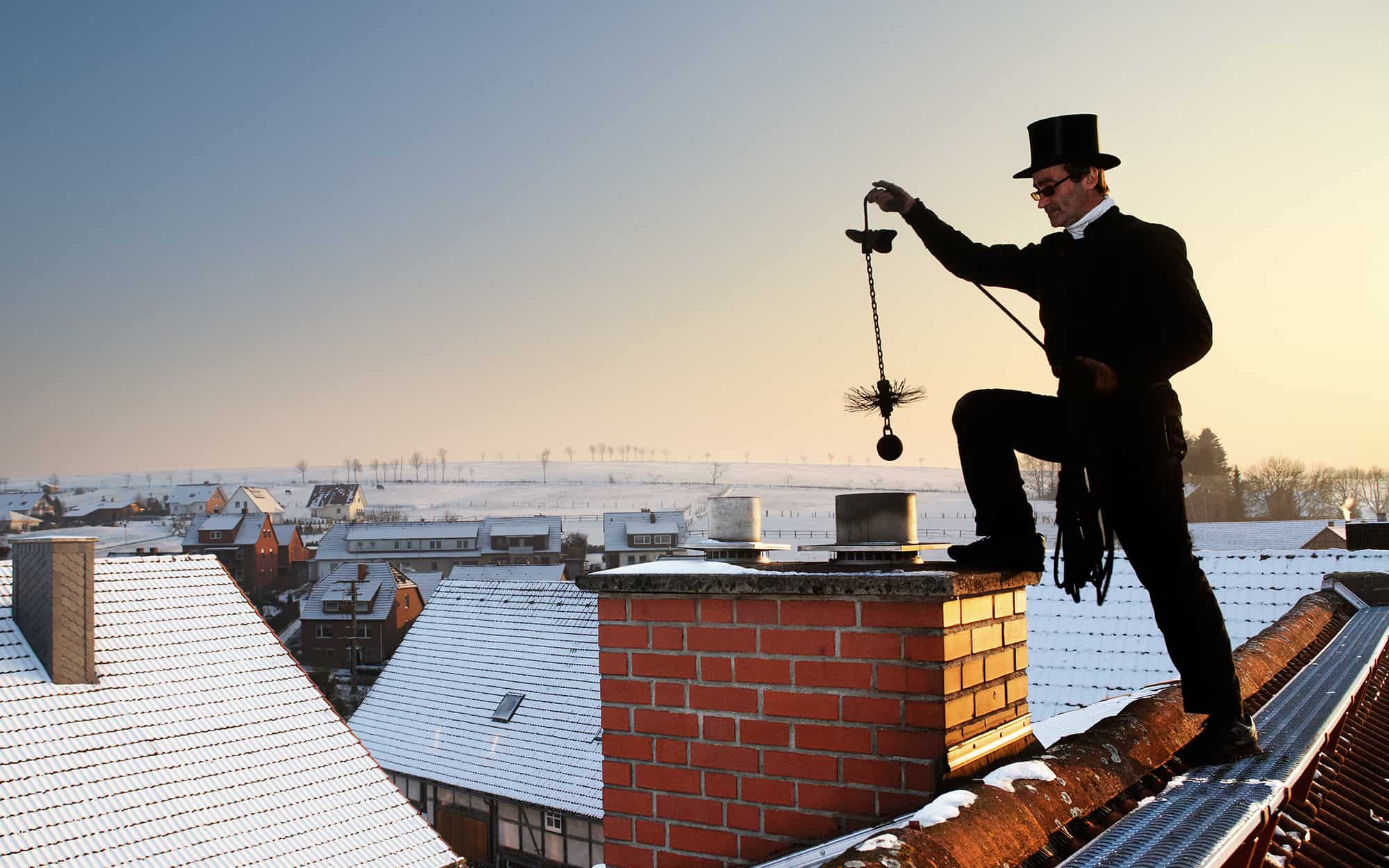
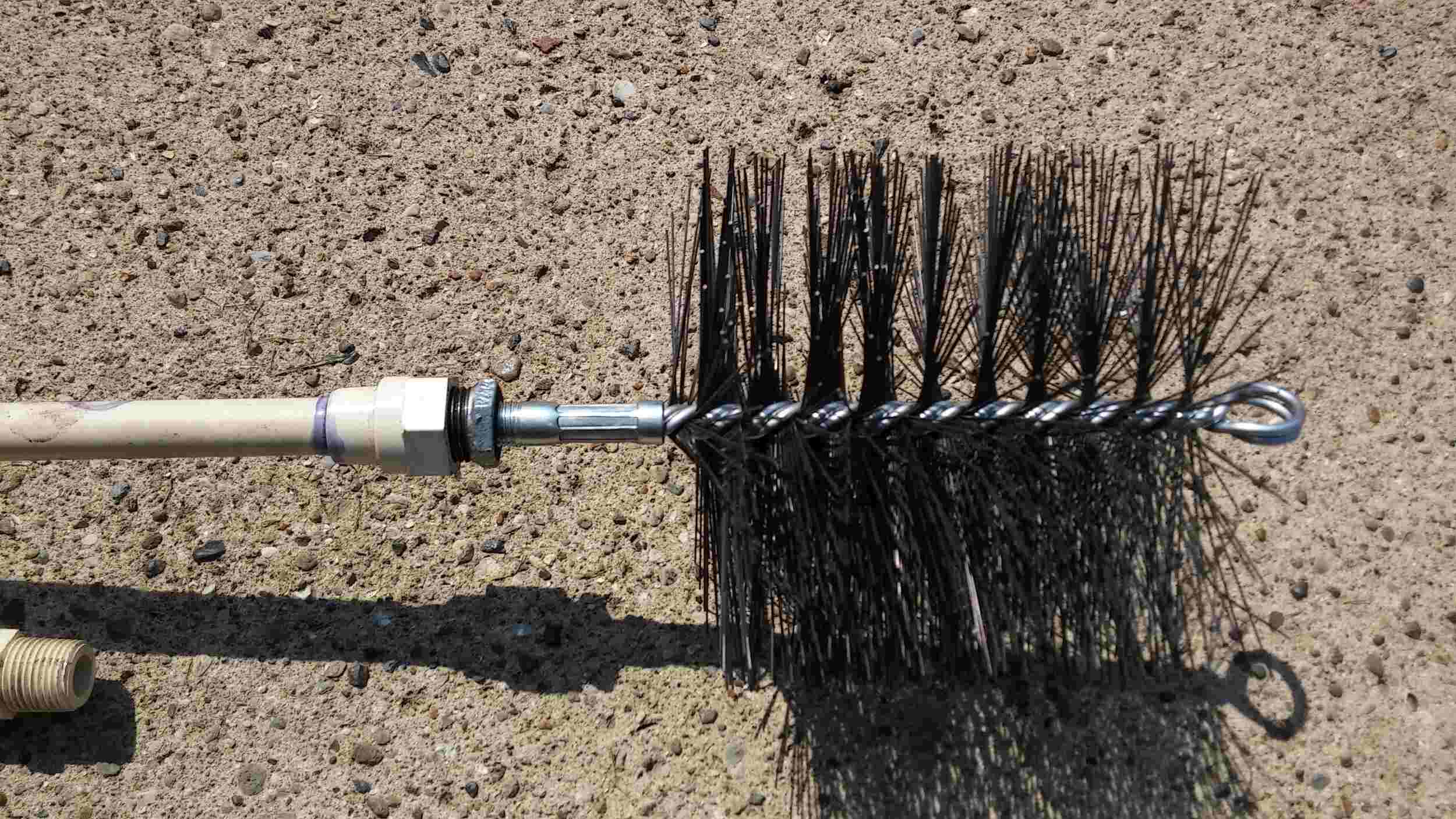
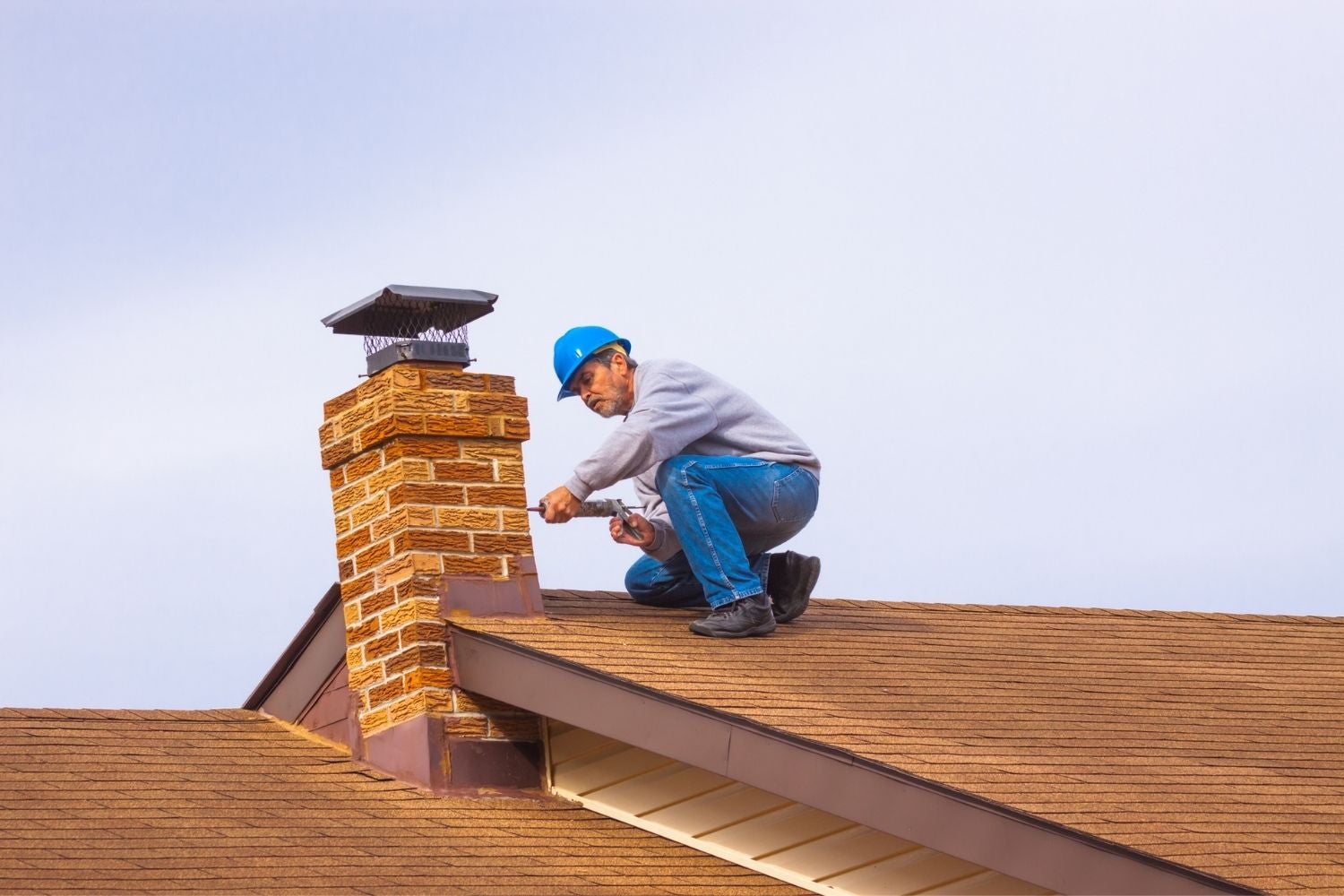
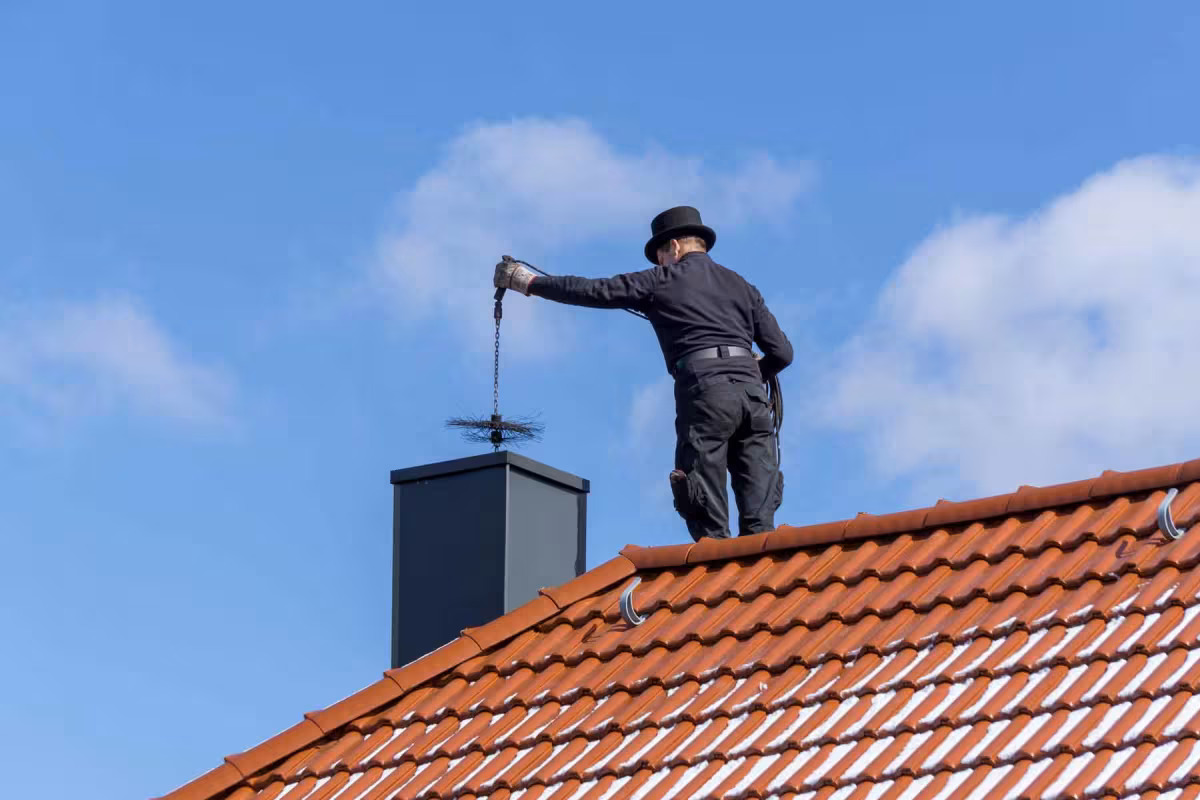
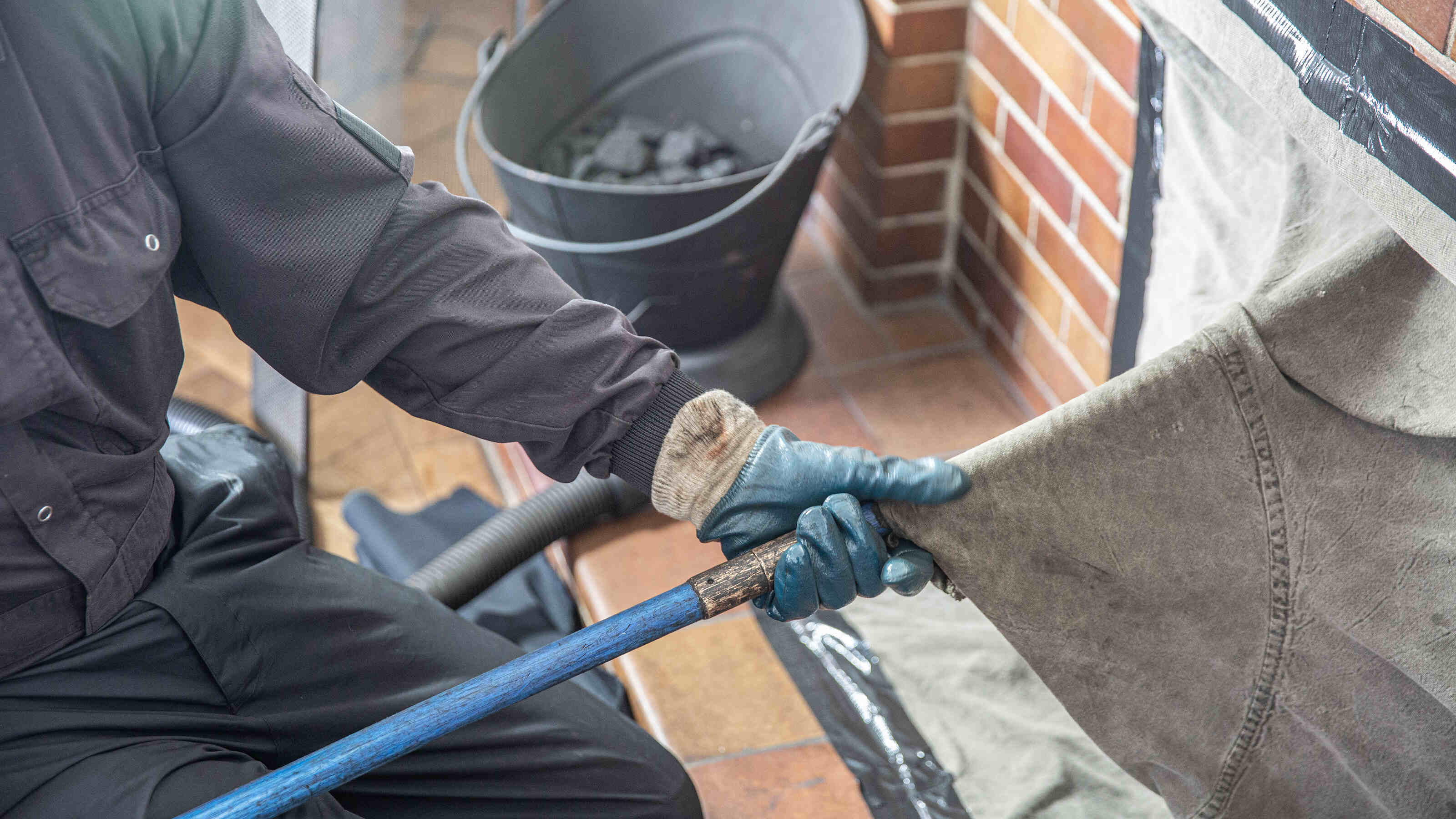
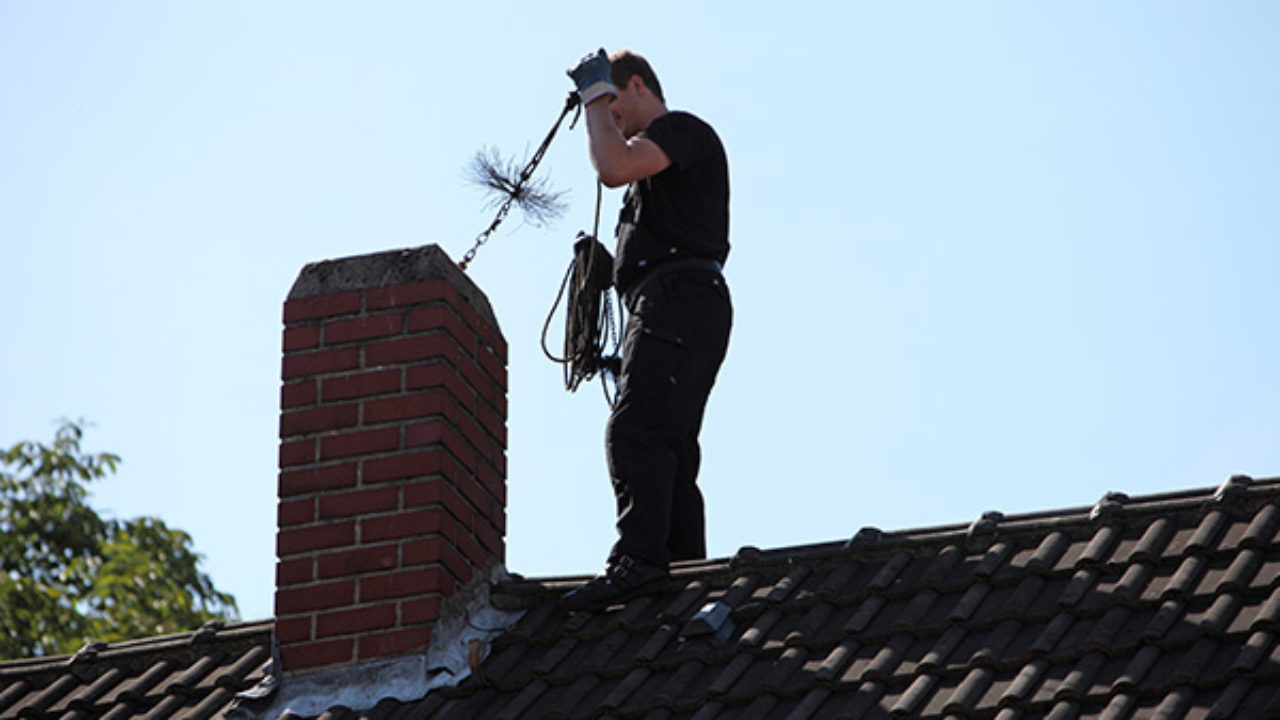
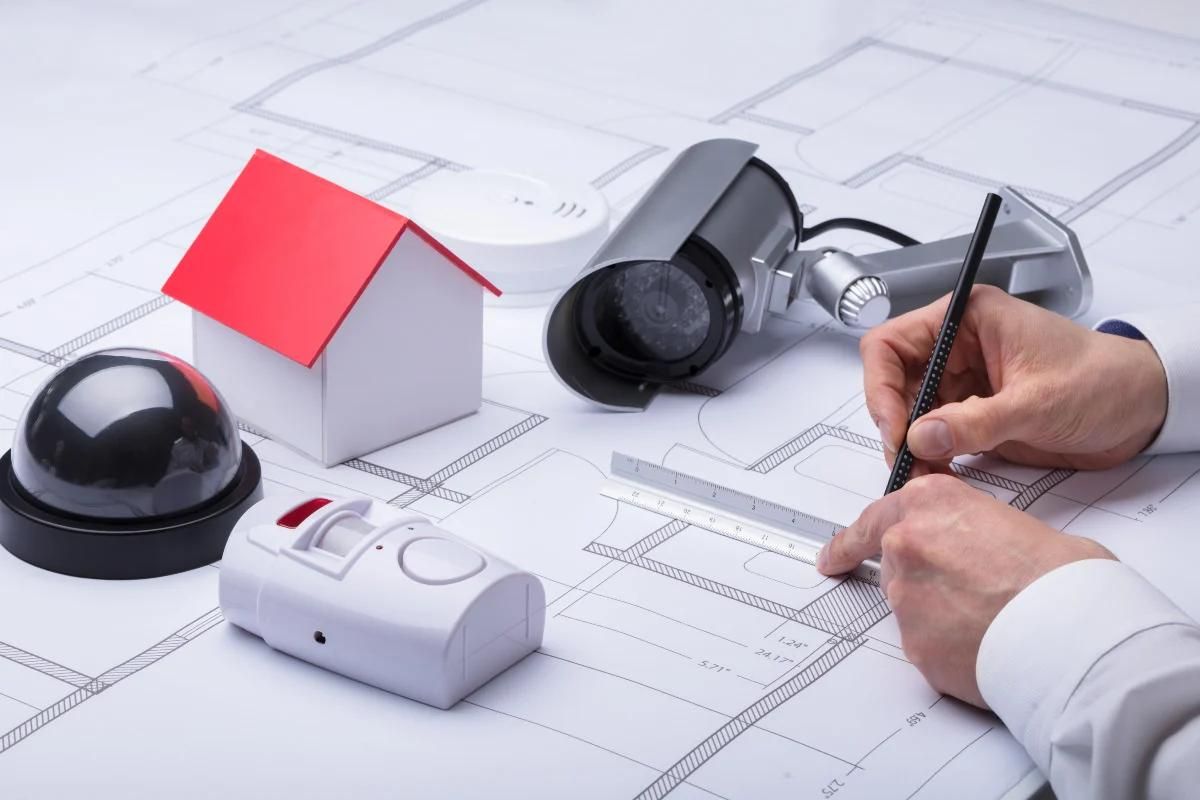
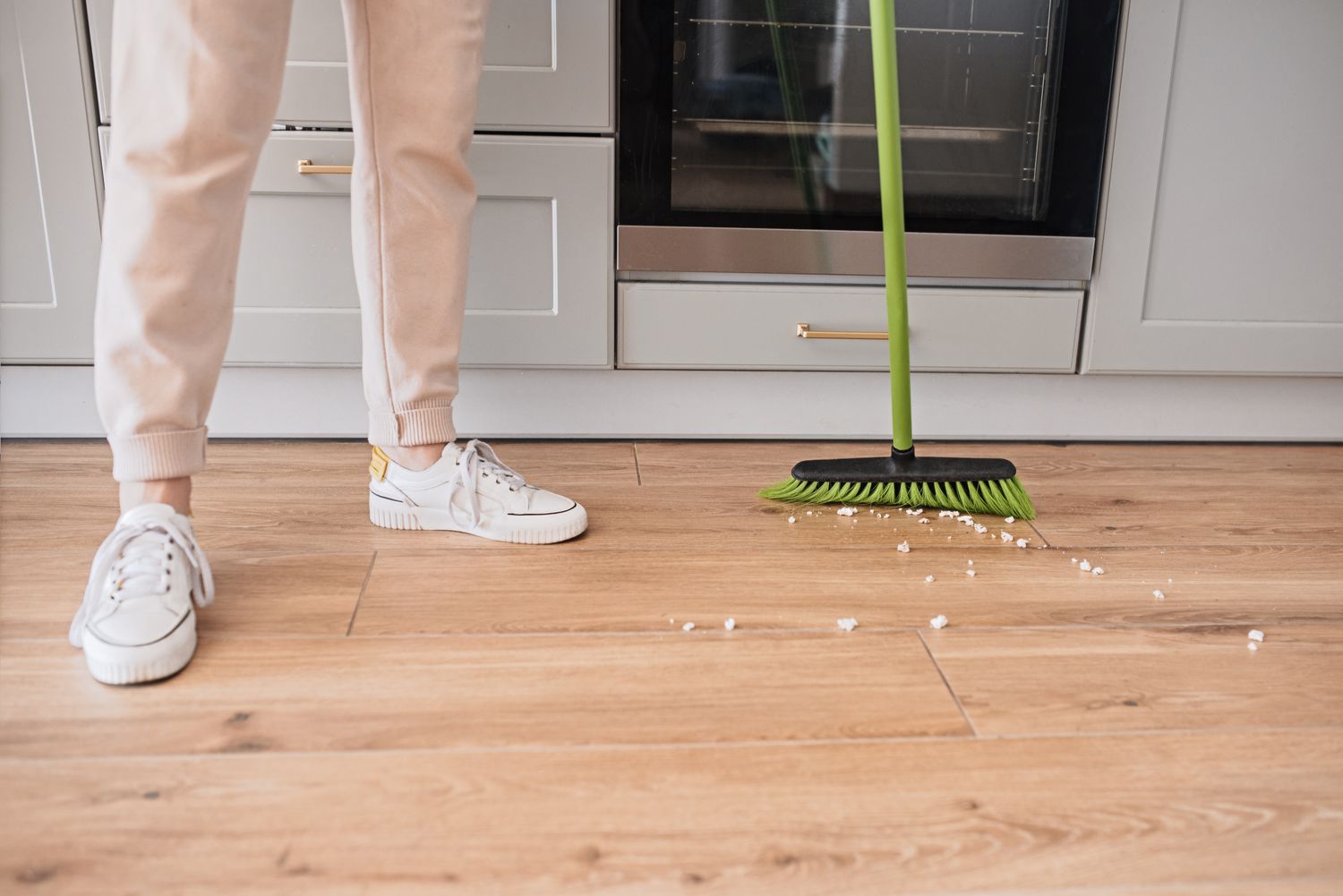



0 thoughts on “What Is The Daily Life Of A Chimney Sweep?”